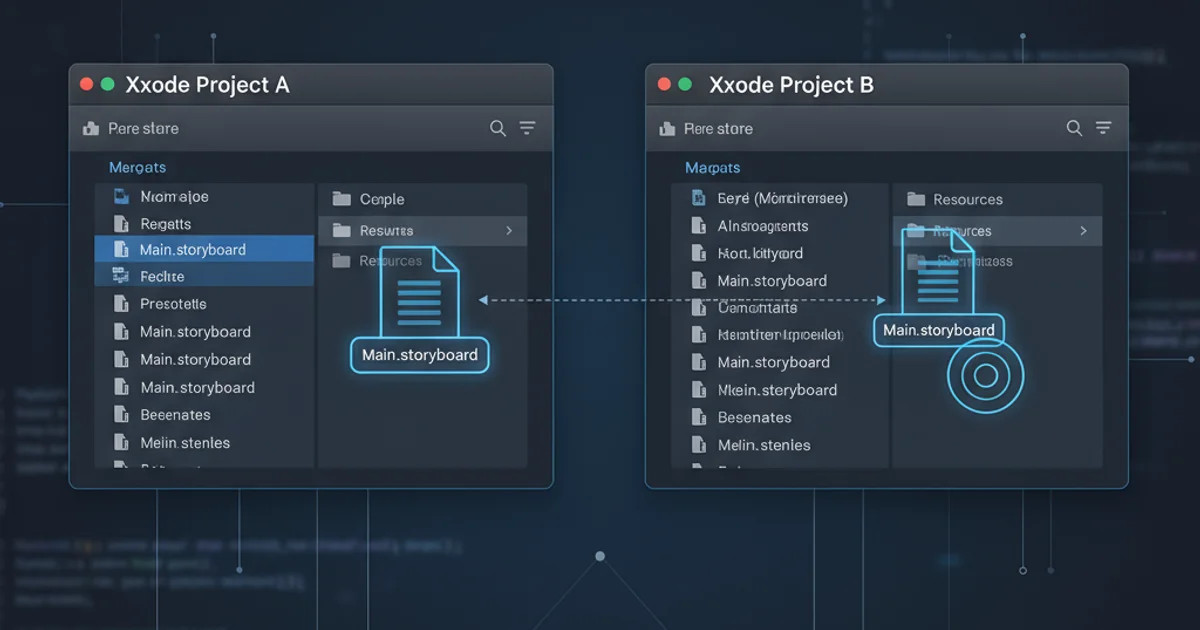Why does Exception.fillInStackTrace return Throwable?
Categories:
Understanding Exception.fillInStackTrace() and its Throwable Return Type

Explore why Java's Exception.fillInStackTrace() method returns a Throwable instead of Exception, delving into the nuances of exception handling and the Throwable class hierarchy.
When working with Java exceptions, you might encounter the fillInStackTrace() method, particularly when re-throwing or manipulating exceptions. A common point of confusion arises from its return type: Throwable. Why doesn't it return Exception if called on an Exception object? This article clarifies the design choice behind fillInStackTrace() and its implications for robust exception handling in Java.
The Throwable Class Hierarchy
To understand fillInStackTrace(), we must first grasp Java's exception hierarchy. At the root is the Throwable class. It has two direct subclasses: Error and Exception. Error represents serious problems that applications should not try to catch, such as OutOfMemoryError or StackOverflowError. Exception represents conditions that an application might want to catch and handle, including checked exceptions (like IOException) and unchecked exceptions (like RuntimeException).
classDiagram
class Throwable {
+String getMessage()
+Throwable getCause()
+StackTraceElement[] getStackTrace()
+Throwable fillInStackTrace()
}
class Error {
+Error()
}
class Exception {
+Exception()
}
class RuntimeException {
+RuntimeException()
}
class IOException {
+IOException()
}
Throwable <|-- Error
Throwable <|-- Exception
Exception <|-- RuntimeException
Exception <|-- IOExceptionSimplified Java Throwable Class Hierarchy
Purpose of fillInStackTrace()
The fillInStackTrace() method is designed to record the current stack trace within the Throwable object. This is crucial for debugging, as it pinpoints where an exception occurred. It's often used when an exception is caught and then re-thrown, or when creating a new exception that needs to reflect the current execution point rather than where it was originally instantiated. The method essentially clears the existing stack trace and populates it with the stack frames from the point where fillInStackTrace() is called.
public class StackTraceExample {
public static void main(String[] args) {
try {
methodA();
} catch (Exception e) {
System.err.println("Caught in main:");
e.printStackTrace();
}
}
public static void methodA() throws Exception {
try {
methodB();
} catch (RuntimeException e) {
// Re-throwing a new exception, but want the stack trace from here
Exception newEx = new Exception("Wrapped exception from methodA", e);
newEx.fillInStackTrace(); // Records stack trace from methodA
throw newEx;
}
}
public static void methodB() {
throw new RuntimeException("Original error in methodB");
}
}
Example demonstrating fillInStackTrace() to update the stack trace.
Why Return Throwable?
The primary reason fillInStackTrace() returns Throwable is due to its declaration in the Throwable class itself. Since Exception and Error both inherit from Throwable, the method must be defined at the highest common ancestor to be available to all subclasses. If fillInStackTrace() were to return Exception, it would violate the Liskov Substitution Principle when called on an Error object, as an Error cannot be cast to an Exception.
By returning Throwable, the method ensures type safety and consistency across the entire exception hierarchy. Any object that is a Throwable (which includes all Exception and Error instances) can call this method and receive a Throwable back. This design allows for maximum flexibility and adherence to the inheritance model, preventing potential ClassCastException issues if the return type were more specific.
fillInStackTrace() is useful, be mindful of its performance implications. Generating a stack trace is a relatively expensive operation. Use it judiciously, primarily when the current execution context is crucial for debugging an exception that is being re-thrown or transformed.In practice, when you call fillInStackTrace() on an Exception object, you will receive the same Exception object back, just with an updated stack trace. The Throwable return type simply reflects the most general type that can be returned, ensuring the method's contract holds true for all its subclasses.